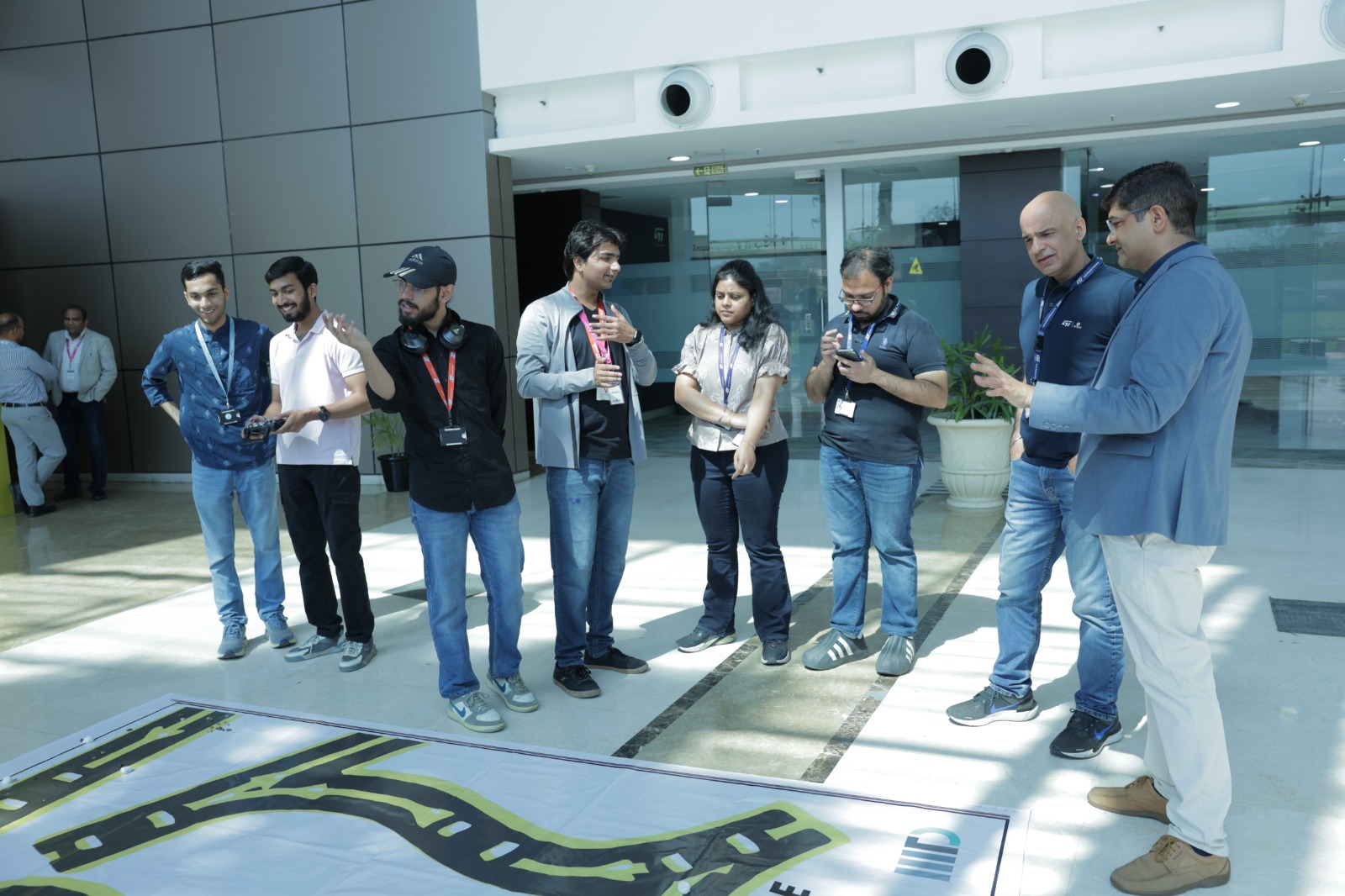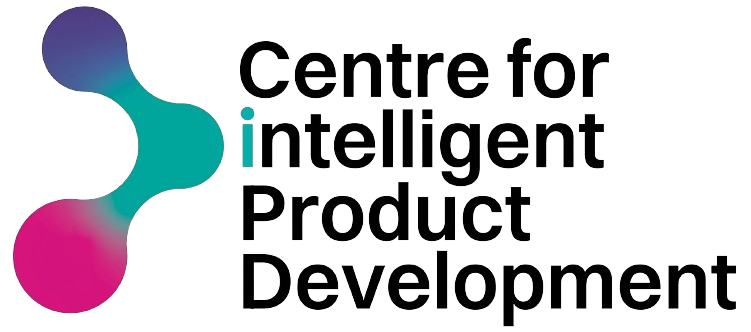From Cloud to the Edge: Building Smarter Systems with TinyML and Real-World Data

As a third-year Computer Science student, I never expected that joining Team License-Metrics would transform my understanding of technology integration. Working alongside Abhishek and Harsh, I developed an AI-powered Driver Evaluation System that not only won first place at the STMicroelectronics Innovation Challenge but also revolutionized how I approach technical problems. Our project leveraged STMicroelectronics’ SensorTile.Box Pro to create a driver evaluation system that processes data directly on the device. The beauty of our solution lies in its independence—evaluating driving behavior in real-time without requiring cloud connectivity and seamlessly transmitting results via Bluetooth to our custom dashboard.
Before diving into this project, my focus had primarily been on software development and machine learning algorithms. The hardware components introduced me to an entirely new dimension of technology. I got introduced to Signal processing as I learned to interpret accelerometer and gyroscope data with precision. Understanding hardware interfaces and communication protocols opened my eyes to the intricate dance between software instructions and physical components. And the challenges of power management for battery-operated devices taught me to think differently about resource allocation. These skills filled critical gaps in my knowledge and demonstrated how real-world applications demand harmony between software and hardware systems.
Coming from the world of cloud computing with virtually unlimited resources and GPU-accelerated machine learning, edge computing presented a fascinating paradigm shift. I learned to create efficient models that thrive within limited resources, finding ingenious ways to compress algorithms into kilobytes rather than gigabytes of memory. The process of optimizing calculations for less powerful processors sharpened my problem-solving skills in unexpected ways. Interestingly, these constraints didn’t limit my capabilities—they enhanced them. I’ve become a more thoughtful developer, considering efficiency at every step even when working with more powerful systems.
This project ignited my passion for TinyML and edge computing, opening doors to exciting research possibilities. I’m now eager to explore neural network compression techniques, investigate methods for enabling devices to learn and adapt independently, and develop power-efficient algorithms specifically designed for edge devices.
Beyond the technical realm, I gained invaluable professional skills—understanding the complete technology stack from sensors to user interfaces, translating between hardware capabilities and software requirements, and applying machine learning concepts to solve tangible problems.
It also helped me improve my software development skills as I built the webapp using the scalable MERN stack and upheld the best coding practices. Creating our dashboard interface pushed me to implement efficient data flows, responsive design patterns, and secure API endpoints—reinforcing my commitment to writing clean, maintainable code even under tight deadlines.
Our success stands on the shoulders of many supporters. The Center for Innovation and Product Development (CiPD) provided crucial funding and workspace. Dr. Anuj Grover offered invaluable mentorship throughout our journey. The STMicroelectronics team, particularly Raunaque Sir, Hemdutt Sir, and Mridupawan Sir, guided my understanding of embedded systems.
This project transcended the typical competition experience—it fundamentally changed my approach to technical challenges. I’ve learned to work across traditional boundaries, finding elegant solutions within tight constraints. The transition from cloud-based to edge computing has made me a more versatile developer. As our team continues researching in this space, I carry forward both enhanced technical abilities and a deeper appreciation for interdisciplinary innovation.
By – Angadjeet Singh
